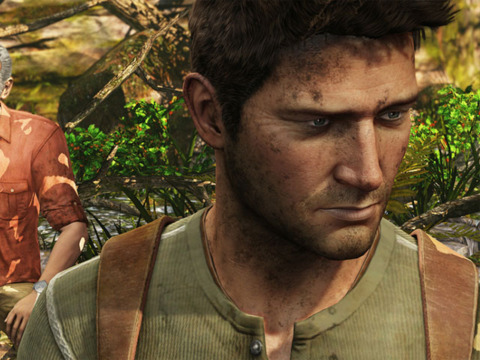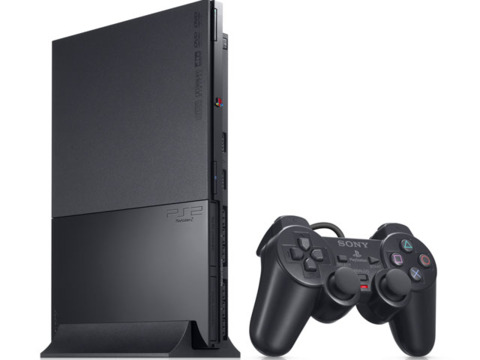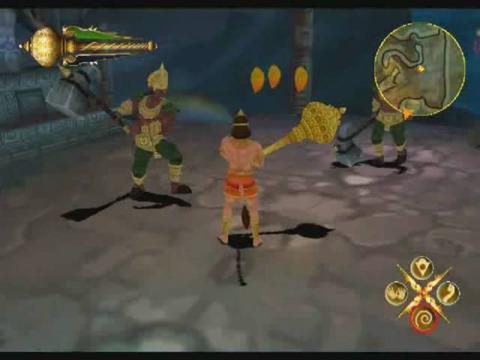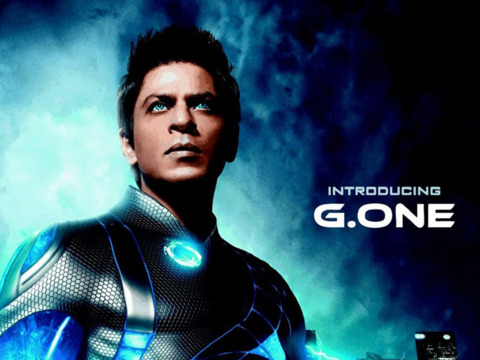Keeping the PlayStation 2 Alive in India
In this special GameSpot Asia feature, we analyze why the PlayStation 2 is still dominant in India and whether gamers will move on.
In Western markets, the PlayStation 2 is past its heyday. A look at NPD, Chart-track, or Media Create sales figures reveals that the Xbox 360, PS3, and Wii are the dominant home consoles in developed markets around the world. And yet, last quarter, Sony’s financial results revealed that 1.4 million PS2s were sold worldwide, just 400,000 less than the PS3. While developed markets have moved on to the next generation, the PS2 has now positioned itself as an entry-level home console in countries where gaming is only now beginning to gain popularity. These include Latin America, China, and, of course, India.
In India, gaming has traditionally been a luxury only the affluent could afford, but with the growing Indian middle class and its increasing expendable income, gaming as a means of entertainment is no longer out of reach. And Sony finds itself in a great position to take advantage. There's the PS3 at the high end, targeted at the serious gamer and tech-conscious consumer, while the PS2's target audience is the massive Indian middle class, particularly those residing in Tier I and Tier II cities. The same also applies in the handheld space. The PSP, particularly with the announcement of the new E1000 budget model, fits nicely into the entry-level segment, while the upcoming Vita will appeal to the high-end consumer.
India is very much PlayStation territory, so much so that the brand has almost become synonymous with console gaming in the country. The PS2 is India's largest-selling console, but the numbers aren't that impressive just yet when compared to international markets. Sony Computer Entertainment India country manager Atindriya Bose recently revealed that a million PlayStation consoles had been sold in India to date; that includes all home consoles and handhelds. More than half of that install base comprises PS2s, and Sony's aim is to ensure that for anyone looking to get into gaming in India, the PS2 is the most attractive starting point.
It's All About the Rupees
The biggest hurdle towards achieving this was getting the pricing right. While keeping the price of the console itself down was important, making games affordable was paramount. But with India's high import duty structure, imported console games were always too expensive, which was a serious deterrent for anyone wanting to get into gaming. By contrast, PC games are packaged and/or manufactured within India and therefore cost a fraction of the price of the same games on consoles. To bring game prices down, Sony now manufactures PS2 games in India, which means you'll find games like God of War for as little as Rs499 ($10). Along with this, the console itself is priced at Rs6,000 ($130) with a free game or two bundled.
Sony didn’t stop there, though. With developers too moving on from the PS2 to the newer consoles, PS2 game releases were drying up, which was bad news for countries like India, where it is still the most popular console. So Sony took it upon itself to have new PS2 games developed specifically for the Indian audience, and for this it has commissioned games from several Indian development studios under the watchful eye of Sony's London Studio. To further appeal to the Indian audience, Sony has been insisting that these games be developed using Indian themes only, which would make it easier for Indians to connect with these games.

Many have raised doubts over this approach. Walk into any large format store and you'll see just as much international music on the racks as you will Indian music. Hollywood films are massively popular in India, and they are neither dubbed nor subtitled in Indian languages. Even DVD and Blu-ray releases of Western films seldom carry Hindi subtitles. The games that are released in Europe are imported and sold as is in India without even so much as an Indian language manual, let alone in-game localization. So Indian audiences have always been perfectly comfortable with international content, and to many observers, restricting the scope of these India-developed games to indigenous themes not only limited the creative freedom afforded to the developers, but also severely shrunk the audience for these games to Indians only.
Still, many believe that developing games around themes that are recognizable to Indians has its merits. "You'll have a much easier time convincing people to play a cricket game than a football or tennis game. The same goes for other genres; a picture of [Bollywood star] Shahrukh Khan on the box would be far more recognizable than that of Nathan Drake," says Amit Goyal, cofounder of Delhi-based game developer This Way Up. Video game journalist Murali Venukumar agrees. "Given the level of recall that both the Sony and the PlayStation brands have with the public, it makes perfect sense to leverage it with locally developed content that will broaden the user base. We all want to see the product, and gaming as a consequence, push beyond its traditional market in the big cities."
You Are Not Ready
The problem, however, is that some of the studios developing these games had never released a complete game of their own before, let alone a console game. "The policy is great from the perspective of promoting gaming in India. People respond better to familiar things, but the execution has to be of the highest standard as well. A bad game is a bad game no matter what the theme is," says Goyal.
And it is in the execution that many of these Indian-developed games have failed. The first-ever Indian PS2 game, Hanuman: Boy Warrior, has become a laughing stock amongst gamers and critics alike for its bland visuals, clunky controls, and overall poor game design. It seemed like a clear case of a game developer biting off more than it could chew, and the result was a game released in 2008 that didn't match the visual quality or level of polish of a PS2 launch title from 2001.
Several other Indian-developed games have followed, including Desi Adda: Games of India, a compilation of original Indian games; Cart Kings, a bullock cart racing game with licensed characters from the popular Tinkle comic series; and gully cricket game Street Cricket Champions. Some of these have even been ported over to the PSP, and while not all of them have been poor, none of them managed to reach anywhere near the quality PS2 owners around the world have come to expect.
What's more worrying, though, is that it is these games that are being bundled along with the PS2, and since they aren't of the highest quality, they don't quite represent the quality of game content available on the PS2. "You only need to take a look at Ratchet & Clank or God of War to see that the Indian developers are nowhere close to doing justice to the hardware. Everything from the graphics, to the storytelling, to the movements feels odd and clunky," says Roshan DSilva, longtime gamer and PlayStation loyalist.
With the Grand Theft Auto franchise, the Prince of Persia trilogy, the FIFA series, and other great games available at the same price, it may be misleading that it's these Indian-developed games that are being used to introduce someone to the world of gaming. It seems like a disservice to the PS2's extensive catalog, most of which is easily available in India.
Looking Ahead
Not all Indian game developers are sold on the idea of developing games solely for the Indian audience. Hyderabad-based Version 2 Games is set to release its first game--Smash n Survive, a combat racing title for the PSN. The studio is also hard at work on its next game for the PlayStation Move, Kinect, Wii, and Vita. When asked if Sony was extending its support for the development of Smash n Survive, which will be the first Indian-developed PS3 game release, a representative for the studio commented on Indian online gaming community IVG. "They [Sony] are exclusively looking for Indian content and they are not concerned about Indian developers making global content, which is discouraging," adding however, "We are open to Indian content, but it should be done with such finesse that the whole world looks up to it."
To Sony's credit, it isn't restricting this policy to the PS2 and PSP games. It knows very well that the PS2 won't be around forever, so it's developing Indian games for the PS3, including a Street Cricket sequel for the PlayStation Move and a game based on the upcoming Bollywood superhero flick Ra.One for the PSN, both of which are being developed by Mumbai-based Trine Games for release around October.
While many will raise doubts over Sony's approach towards and execution of India-developed PlayStation games, few can doubt its commitment to the Indian market. Now it's up to the development talent in the country to step up and do justice to the hardware.
Got a news tip or want to contact us directly? Email news@gamespot.com



Join the conversation